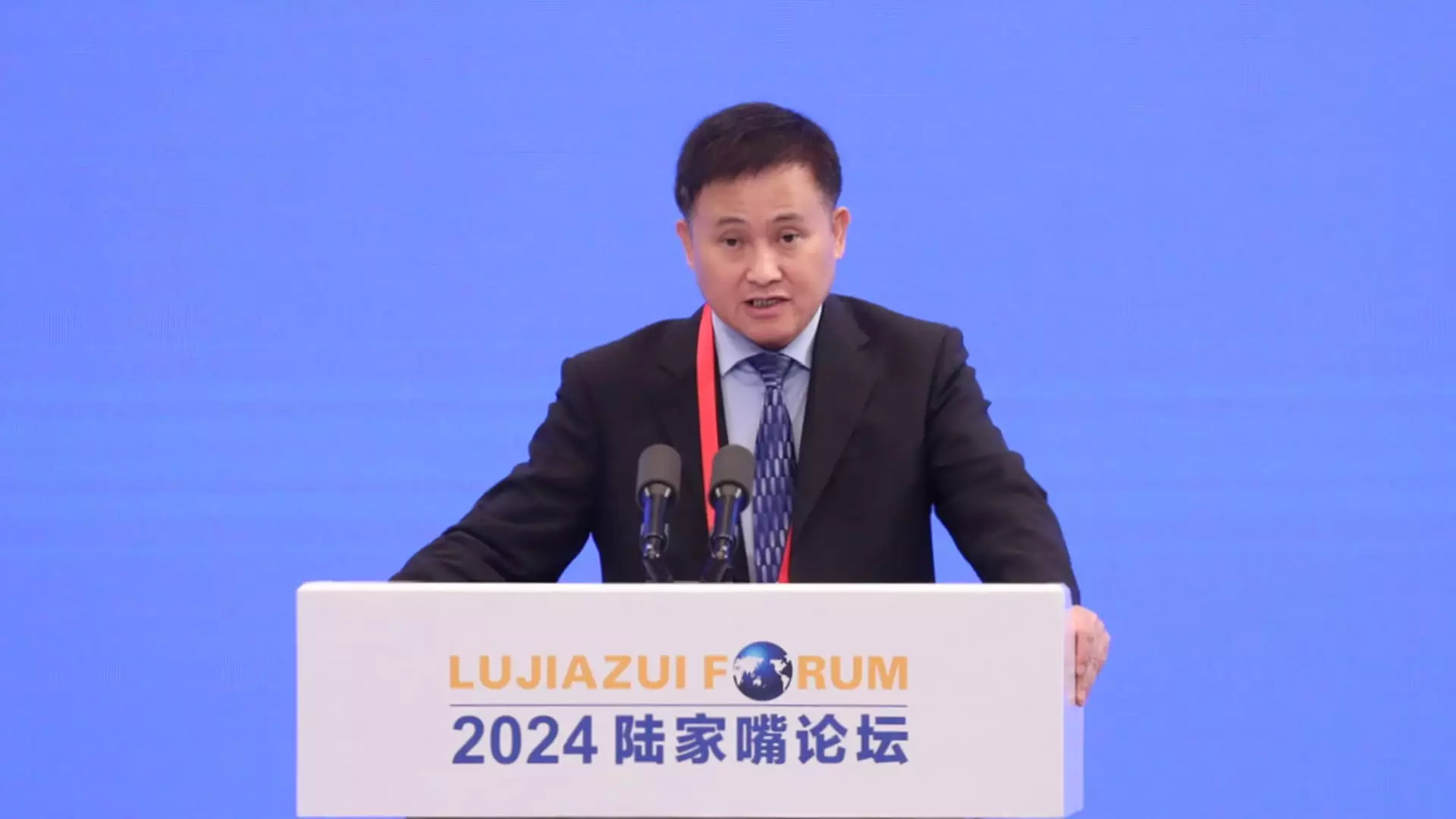In a significant announcement that underscores China’s commitment to stimulating its economy, the People’s Bank of China (PBOC) revealed intentions to adjust the reserve requirement ratio (RRR) for banks. The RRR, which dictates the amount of cash banks must hold in reserve, is a primary tool for the central bank to manage liquidity within the financial system. At a press conference held recently, PBOC Governor Pan Gongsheng confirmed a reduction of the RRR by 50 basis points, a decision aimed at relieving financial pressures on banks and enhancing monetary flow.
The adjustment of the reserve requirement ratio is anticipated to provide banks with increased liquidity, enabling them to extend more credit to businesses and consumers. This is particularly crucial given the current economic climate characterized by slowed growth and low consumer confidence. Governor Pan indicated that this reduction may be followed by further cuts before the end of the year, depending on economic conditions. Such a proactive approach reflects the central bank’s acknowledgment of the pressing need for economic stimulus.
Moreover, the decision to cut the RRR is indicative of the broader context in which it was made. Pan’s statements came just after the U.S. Federal Reserve’s interest rate reduction, signifying a shift in monetary policy that not only responds to domestic economic challenges but also places China in a competitive stance amid global financial adjustments.
During the same press conference, Pan also announced a simultaneous 0.2 percentage point reduction in the 7-day repo rate, which is crucial in determining short-term funding costs for banks. This simultaneous adjustment aligns with the PBOC’s objective to enhance money supply and encourage lending in a market that has been coping with deflationary tendencies.
The cut in the 7-day repo rate, alongside hints at a prospective 0.2% to 0.25% reduction in the loan prime rate (LPR), aligns with analysts’ expectations for sustained monetary easing. While the PBOC opted to maintain the loan prime rate unchanged during the latest fixing, this deliberation highlights the nuanced approach the central bank is taking. The LPR is vital as it directly affects borrowing costs for consumers and businesses alike, playing a vital role in economic recovery efforts.
China’s current economic predicament cannot be examined in isolation; it is shaped by a complex interplay of various factors. The country faces a tangible slowdown, largely attributed to stagnation in the real estate sector and waning consumer confidence. Such challenges necessitate a multifaceted monetary policy strategy to spur growth. The acknowledgment of this need was reflected in discussions among financial regulators, who emphasized boosting domestic demand and reaching growth targets set at higher governmental levels.
A healthy banking sector is critical in this context, and the PBOC’s decision to adjust reserve requirements is a recognition of the vital role financial institutions play in supporting economic activity. By ensuring that banks have more funds to lend, the central bank aims to stimulate consumption and investment, thus fueling economic growth.
As the PBOC forges ahead with its plans, economists and market observers must remain vigilant regarding the potential impacts of these policy changes. Continuous monitoring of economic indicators such as consumer spending, employment rates, and overall economic growth will be essential in determining the efficacy of the adjustments made to monetary policy.
Should the current measures taken by the PBOC yield positive results, they may pave the way for further favorable conditions in the Chinese economy. However, the balancing act between stimulating growth and managing inflation will remain a critical consideration for policymakers in the months to come. China’s monetary policy adjustments signal an understanding of both the challenges at hand and the opportunities for growth within a changing global economic landscape.

